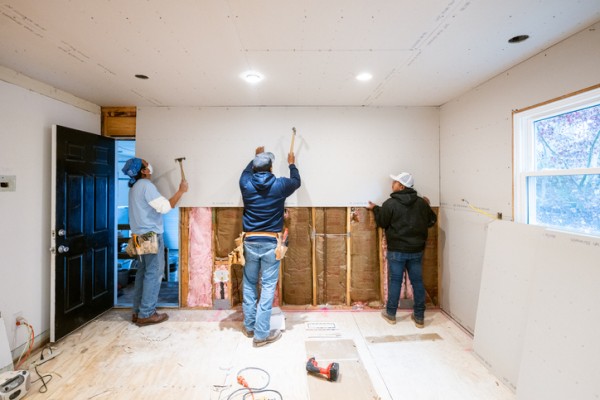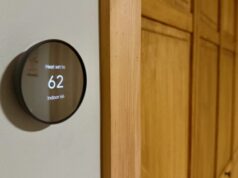
A properly ventilated home theatre is essential for comfort, equipment longevity and air quality. Whether you’re building a new media room or converting a spare room, good airflow prevents heat build-up, reduces humidity and keeps the air fresh without disrupting your viewing experience.
Here’s how to get ventilation right in your home theatre.
Why ventilation matters
Home theatre equipment—like projectors, receivers and gaming PCs—generate heat. Without ventilation, this can cause overheating, reducing the lifespan of your gear or triggering shutdowns during important scenes.
Additionally, people produce carbon dioxide and moisture while watching movies, especially in enclosed spaces. Poor ventilation leads to stuffy air and discomfort.
Ventilation options for home theatres
Mechanical ventilation systems
Installing a dedicated mechanical ventilation system is the best way to maintain fresh air without opening windows. Options include:
- Ducted ventilation: Channels fresh air through insulated ducts, often integrated with your home’s HVAC system for heating and cooling
- Energy recovery ventilators (ERVs): Exchange stale indoor air for fresh outdoor air while retaining heat or coolness, improving efficiency
- Quiet fans: Strategically placed exhaust or supply fans designed to operate quietly so they don’t interfere with your viewing
Passive ventilation
If a mechanical system isn’t possible, consider passive ventilation options such as:
- Air bricks positioned away from walls with loud neighbours
- Ventilation grilles with acoustic baffling to reduce sound leakage
- Leaving doors slightly ajar with soundproofing seals to maintain airflow while limiting noise escape
Managing noise from ventilation
Ventilation can create unwanted noise that ruins the immersive sound experience in your theatre. To keep noise down:
- Use insulated, lined ducts to reduce vibration and sound transmission
- Choose fans rated for quiet operation (measured in sones)
- Isolate ventilation equipment in a separate space or soundproof cabinet
- Incorporate sound traps or mufflers into ductwork
For more on controlling noise, see our guide on soundproofing techniques.
Ventilation and climate control
Integrate your ventilation with your home’s heating and cooling systems. Many home theatres use reverse-cycle air conditioning paired with ventilation to maintain a comfortable temperature year-round without opening windows.
Smart home automation can help, allowing you to control airflow and climate settings remotely or automatically, enhancing convenience without sacrificing comfort. Learn more in our home automation guide.
Tips for renovators
- When retrofitting, install ventilation grilles in walls or doors with acoustic sealing
- Avoid venting directly into living spaces to reduce sound transfer
- Consider hiring a licensed HVAC professional to design a system that balances airflow and noise control
Good ventilation makes your home theatre comfortable, protects your equipment and ensures your movie nights stay enjoyable. Pair proper airflow with blackout blinds, soundproofing and lighting for the ultimate cinematic experience.
Explore our related guides on home theatre lighting, seating and soundproofing home theatres to complete your setup.





